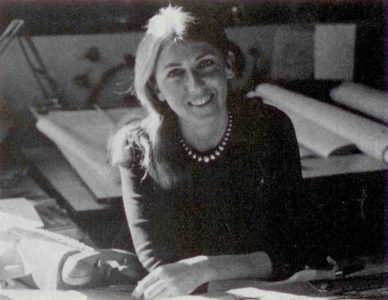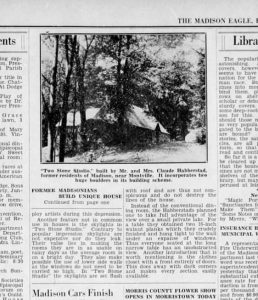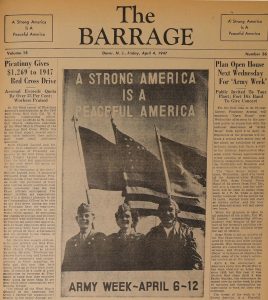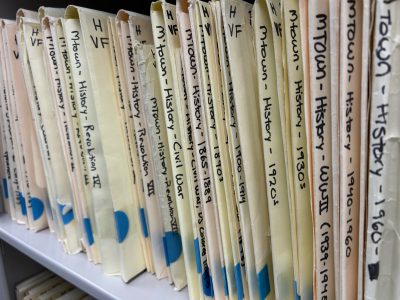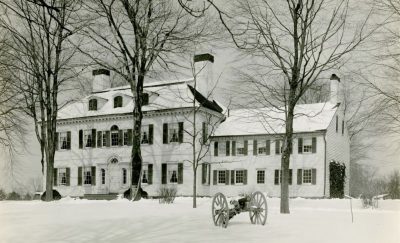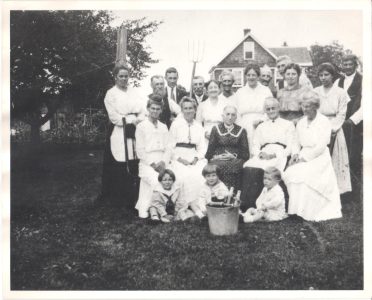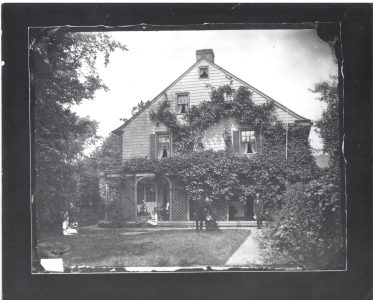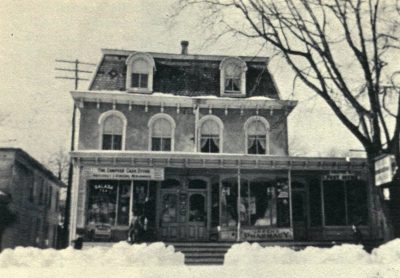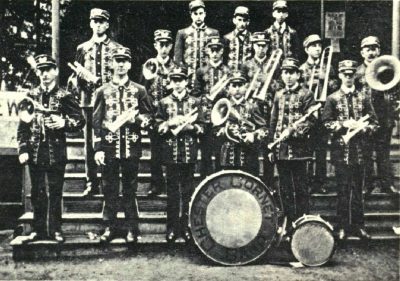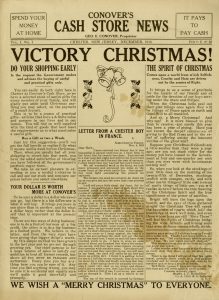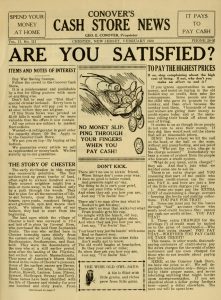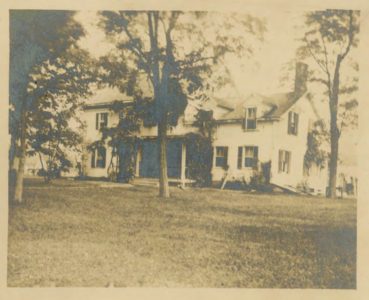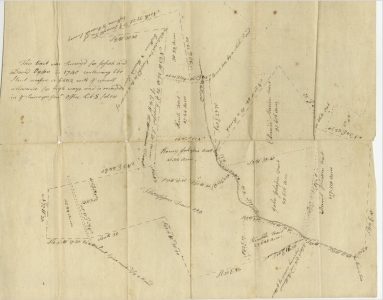Anyone who tried visiting the History Center in late January noticed we were closed following a significant leak that occurred on January 22nd and impacted several floors of the Library. Fortunately, our librarians and archivists acted quickly to move the historical collections out of harm’s way and evaluate nearby materials for water damage while first responders dealt with the emergency upstairs. Library staff assisted Department Head James Lewis, Digital Librarian Chris Larlee, and Library Assistant Cynthia Muszala to vacate the affected storage room.
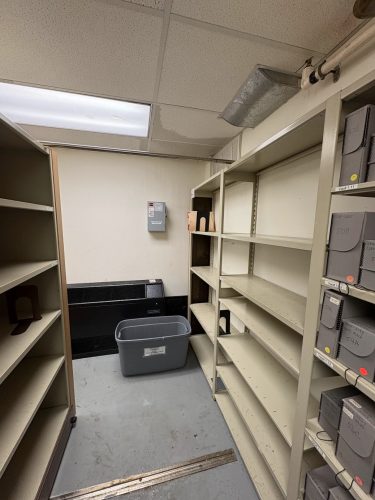
Of the thousands of rare books, photographs, and maps that were at risk, damage was limited to a few dozen items which are now offsite for conservation. The Library remained closed for several days as disaster recovery professionals dried flooded areas of the building, and History staff were onsite through the weekend checking for damage, stabilizing affected items, and assisting other departments of the Library with their cleanup efforts. Archivist Jeffrey Moy led the disaster response team over the following three weeks while coordinating with recovery workers to ensure storage areas were repaired, as well as overseeing conservation efforts.
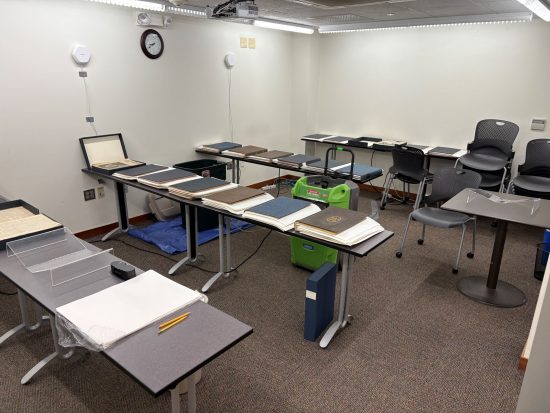
As the main building reopened and resumed operations a week later, History Center staff continued performing collection recovery work while contactors completed repairs to our storage areas. Unfortunately for our visitors, the only available space to temporarily keep the displaced materials was the reading room where they occupied every flat surface including rolling book carts.
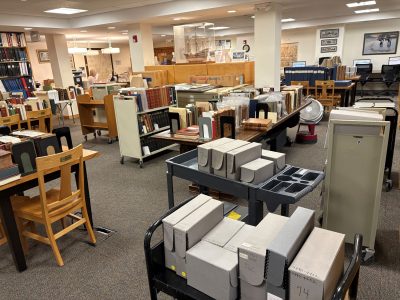
Department Head James Lewis responded to questions from researchers eager to resume their work and coordinated day to day logistics. Library Assistant Leigh Whitworth conducted the time-consuming task of checking each book as Assistant Archivist Katelyn Leffler inspected the condition of the glass plates. Digital Librarian Chris Larlee provided crucial collections management support throughout the recovery effort.
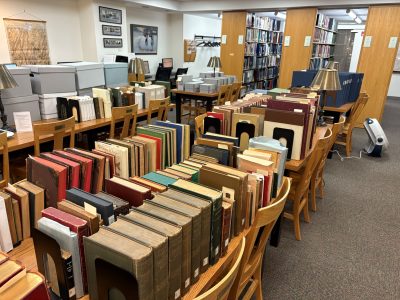
With storage room repairs completed in early February, staff returned collections as quickly and carefully as possible and reopened the reading room to a steady stream of researchers beginning February 11th. We appreciate everyone’s patience throughout the disaster recovery process and look forward to helping you explore history soon. For additional information on the History Center and its collections, as well as where to follow us on social media, please visit our About Us page.




